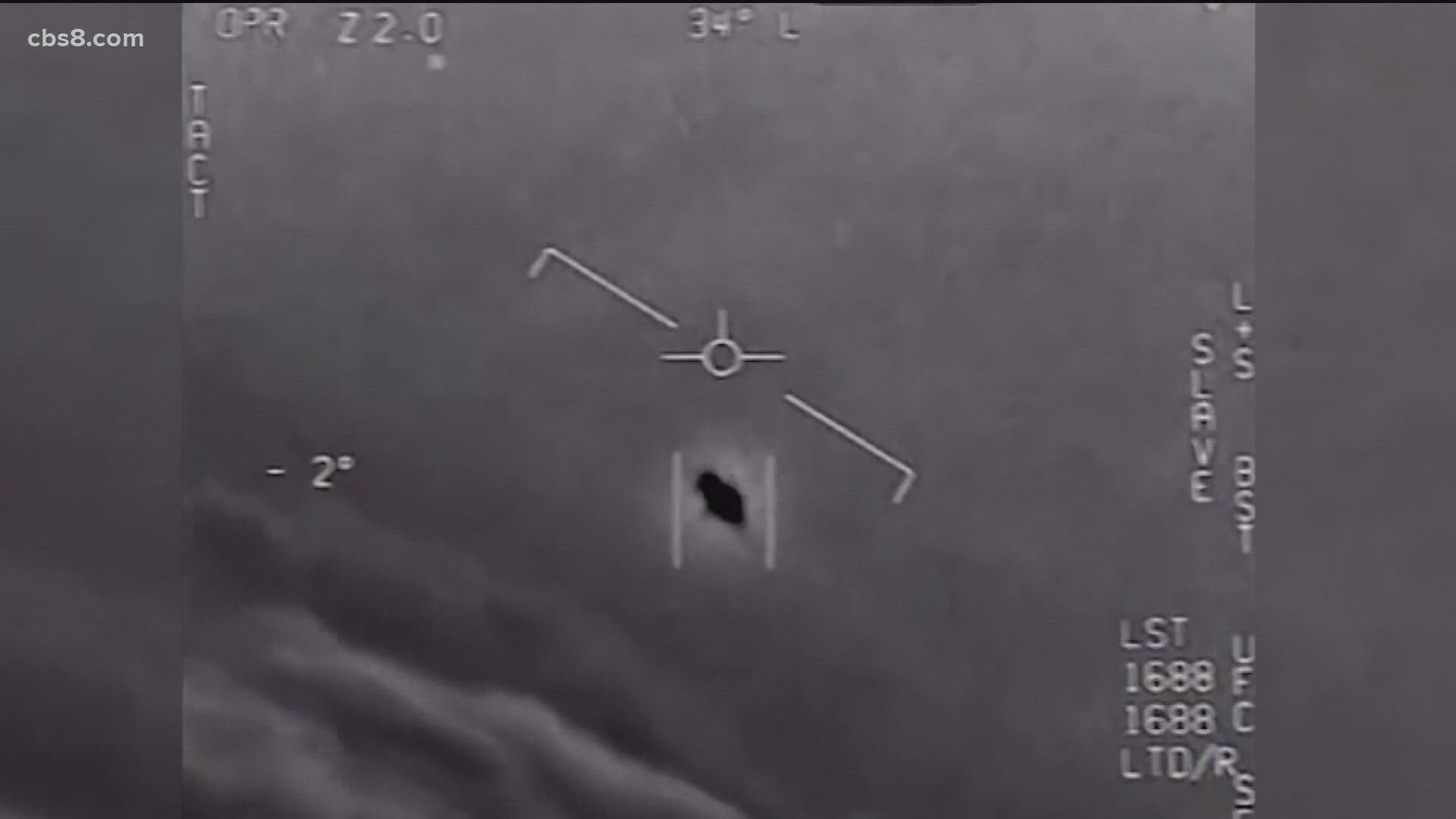
UFO sightings are frequent and continuous, a naval intelligence officer told members of a Congressional intelligence committee. Here’s a snapshot of the proceedings.
UFO sightings: Updates from the congressional hearing

Tuesday morning was monumental as the first congressional session on UFO sightings in over 50 years began. Deputy Director of Naval Intelligence Scott Bray, in his opening statement, told members of the US House Intelligence Committee’s subcommittee on Counterterrorism, Counterintelligence, and Counterproliferation that UFO sightings have been a common sight on military ranges since the 2000s. In the Pentagon’s new terminology, UFO sightings are known as Unidentified Aerial Phenomena (UAPs).
Other members in the hearing included Ronald Moultrie, US Undersecretary of Defense for Intelligence and Security. Moultrie oversees the Pentagon’s Airborne Object Identification and Management Synchronization Group (AOIMSG). The group was set to investigate and release an intelligence report on UFOs in 2021. According to the report, over 140 UFO sightings since 2004 could not be explained, and were no tricks of light or sensors.
Further explanation of UAPs
“It’s clear that many of the sightings are physical objects, based on our data,” stated Bray. Further explaining that most of these sightings fall into one of five groups- airborne clutter, national atmospheric phenomena, US industry development programs, foreign adversaries, or “other.”.
“The eventually identifiable observations have included pieces of Mylar from balloons and commercial and military drones,” he added.
Bray and Moultrie said that many sightings remain unexplained and potentially hazardous. Bray noted that there have been 11 near-collisions between UFOs and military assets.
The group is currently setting up a formal process to report such events and reduce the stigma around reporting UFO sightings. They believe that this will help in increasing the dataset and explaining the phenomenon. “When we start concerning ourselves with the safety of our personnel and bases, there is no higher priority. We believe that making UAP reporting a mission imperative will be key to our success,” said Moultrie.
